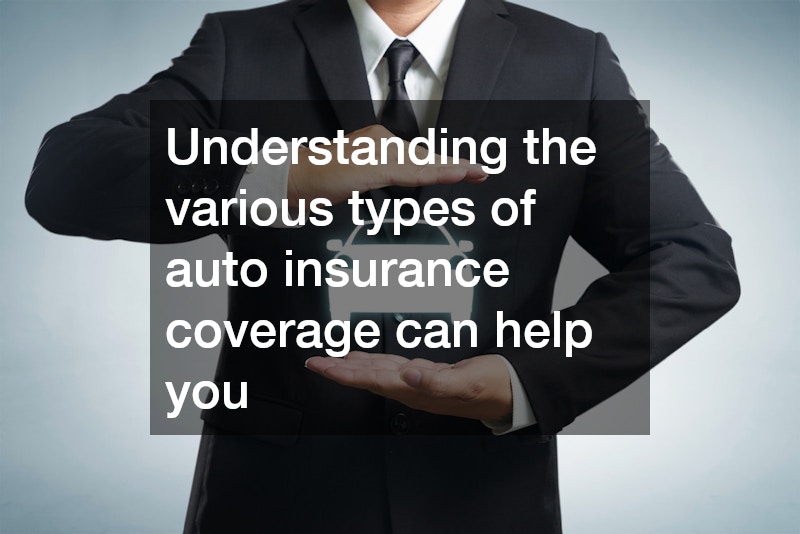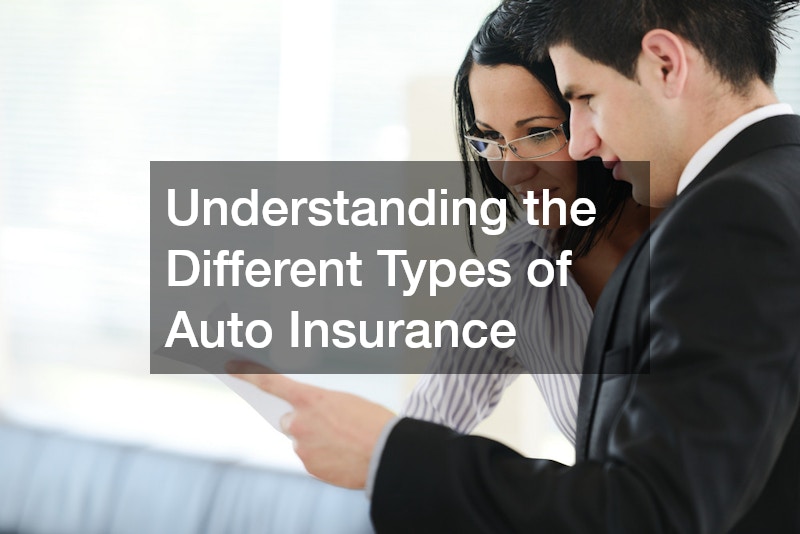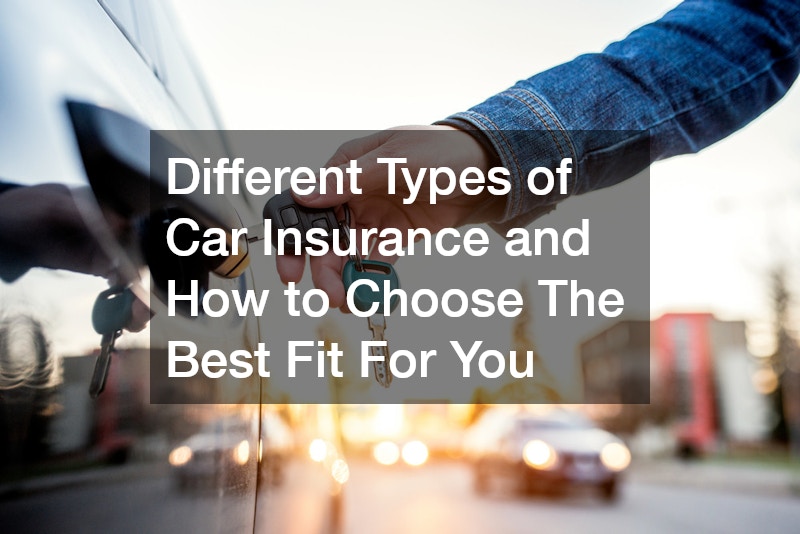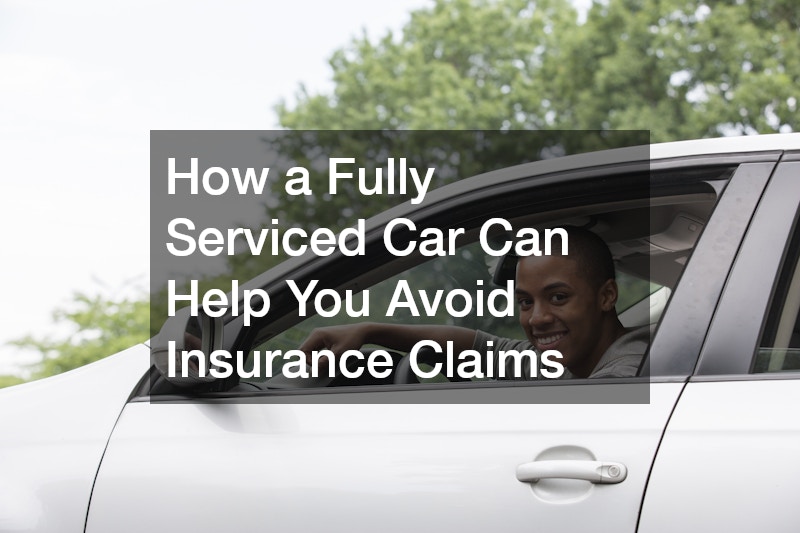
Auto insurance is an essential component of responsible vehicle ownership in the United States. It not only protects drivers and their vehicles but also provides financial security in the event of accidents or unforeseen incidents on the road. While many people understand the basic need for auto insurance, few are fully aware of the various types of coverage available. This article will explore the different types of auto insurance, helping you make an informed decision about the coverage that best suits your needs.
Liability Insurance
Liability insurance is the most fundamental form of auto insurance and is mandatory in nearly every state. It protects you if you are responsible for causing injury to others or damaging someone else’s property in a car accident. Liability coverage is typically divided into two parts: bodily injury liability and property damage liability.
-
Bodily Injury Liability covers medical expenses, lost wages, and pain and suffering for other people injured in an accident caused by you.
-
Property Damage Liability covers the repair or replacement of other people’s property damaged in an accident for which you are at fault.
Liability insurance does not cover your own injuries or property damage. Its primary role is to shield you from financial loss when you are found legally responsible for an accident.
Collision Insurance
Collision insurance covers damage to your vehicle resulting from a collision with another vehicle or an object, such as a tree or guardrail. This type of coverage applies regardless of who is at fault. Whether you crash into a parked car or another driver hits you, collision insurance helps pay for repairs or replacement of your car.
This coverage is particularly important for drivers who own newer or more valuable vehicles, as repairs can be costly. However, if you have an older car with low market value, you may decide that collision insurance is less necessary.
Comprehensive Insurance
Comprehensive insurance provides protection against damage to your vehicle caused by incidents other than collisions. This can include theft, vandalism, fire, natural disasters, falling objects, and animal collisions, such as hitting a deer.
Comprehensive coverage is often paired with collision insurance to offer more complete protection for your vehicle. While it does not cover mechanical breakdowns or wear and tear, it provides peace of mind against many unpredictable risks.
Personal Injury Protection (PIP)
Personal Injury Protection, also known as no-fault insurance in some states, covers medical expenses and lost wages for you and your passengers regardless of who caused the accident. In some cases, PIP can also cover other related costs such as rehabilitation and funeral expenses.
This type of coverage is mandatory in certain states and optional in others. It is especially valuable in no-fault states where claims are processed through your own insurance company instead of the at-fault driver’s insurer.
Uninsured and Underinsured Motorist Coverage
Unfortunately, not all drivers carry adequate auto insurance. Uninsured motorist coverage protects you if you are involved in an accident with a driver who has no insurance. Underinsured motorist coverage helps cover your expenses if the at-fault driver’s insurance is insufficient to pay for your damages.
Both types of coverage are designed to fill gaps and protect you from financial hardship caused by other drivers’ lack of sufficient insurance.
Medical Payments Coverage
Medical Payments coverage, often abbreviated as MedPay, is an optional insurance that helps pay for medical and funeral expenses for you and your passengers after an accident, regardless of fault. Unlike Personal Injury Protection, MedPay generally does not cover lost wages or other related expenses.
This coverage is a helpful addition for those looking for more medical expense protection without the broader coverage that PIP offers.
Gap Insurance
Gap insurance is designed for those who finance or lease their vehicles. It covers the difference between the actual cash value of your car and the amount you still owe on your loan or lease in case your vehicle is totaled or stolen.
Since new cars depreciate quickly, gap insurance ensures you don’t have to pay out of pocket for a vehicle you no longer have, making it a valuable option for many car buyers.
Rental Reimbursement Coverage
Rental reimbursement coverage helps pay for a rental car if your vehicle is in the shop for repairs covered under your auto insurance policy. This type of coverage ensures you have transportation while your car is being repaired after a covered accident.
This coverage is useful for those who rely heavily on their vehicle for daily activities and cannot afford to be without a car during repairs.
Roadside Assistance Coverage
Roadside assistance coverage provides help when you experience a breakdown, flat tire, dead battery, or other mechanical issues on the road. Services typically include towing, jump-starting, fuel delivery, lockout assistance, and tire changes.
While many drivers have access to roadside assistance through auto clubs or credit cards, having it included in your auto insurance policy can offer added convenience and peace of mind.
Understanding the various types of auto insurance coverage can help you tailor a policy that fits your needs and lifestyle. Whether you prioritize protection for your vehicle, medical expenses, or legal liabilities, there is a type of coverage suited for each aspect of vehicle ownership.





